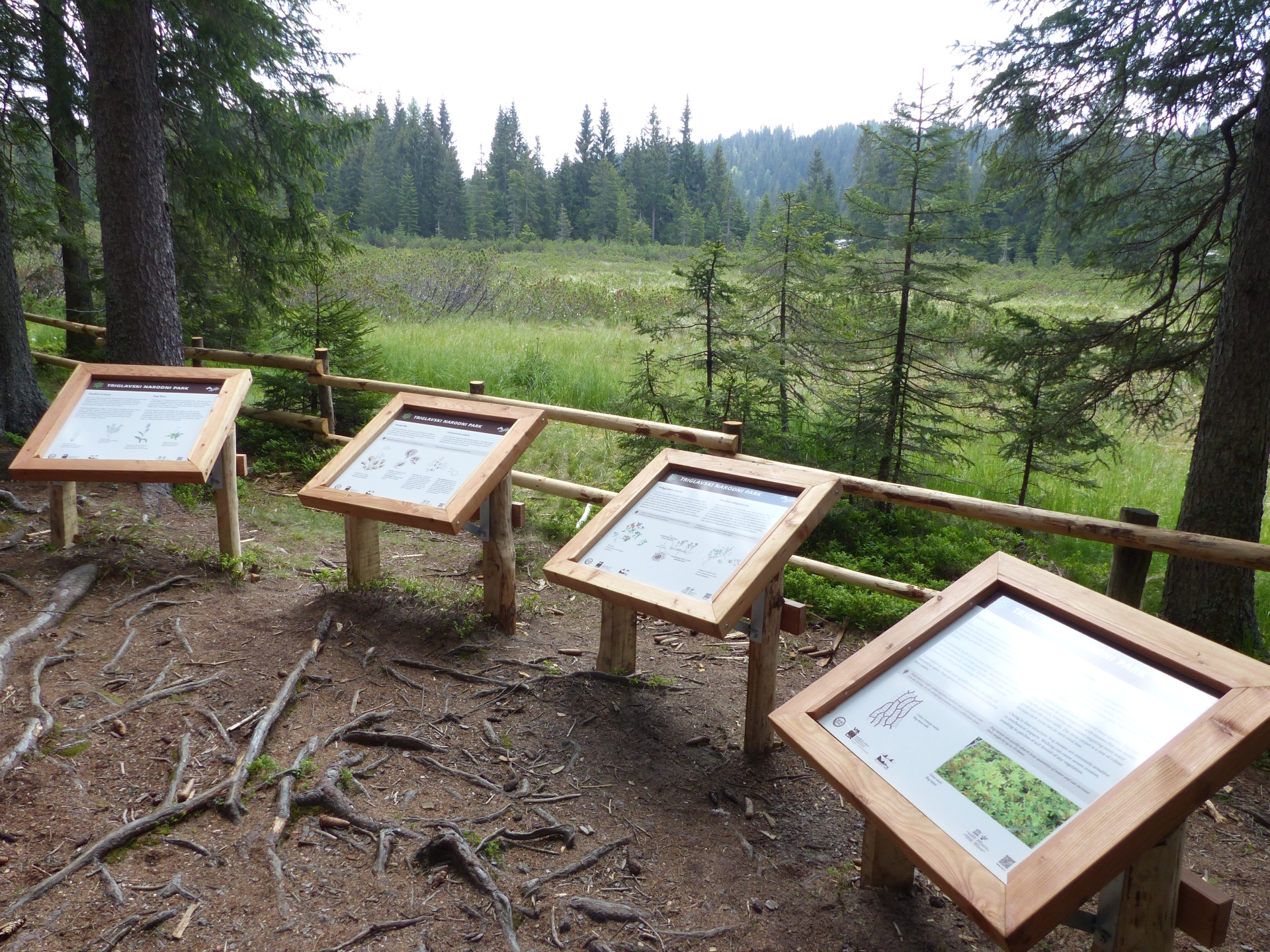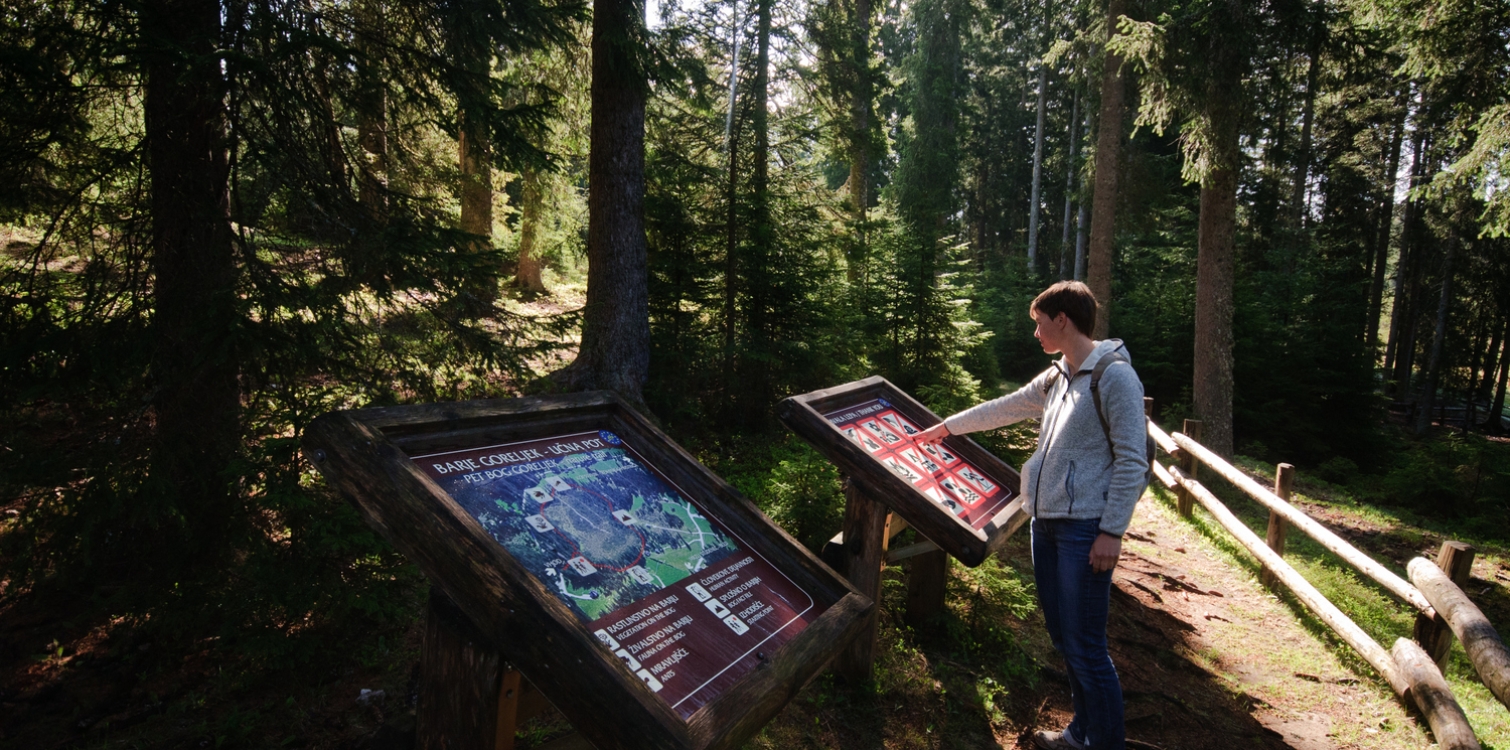The process of bog formation began after the last ice age. As the glacier retreated, small lakes were left behind. Over millennia, these lakes gradually filled with various organic remains of aquatic plants that settled in the water. The increasingly acidic water allowed only certain plants to thrive and develop.
The most common were peat mosses, which still dominate the surface of the bog today. Peat mosses grow continually on top, while the lower parts are carbonizing. This causes the surface to rise, which is why these bogs are also called high bogs. In addition to the acidic substrate, bogs are characterized by a lack of nutrients and significant temperature fluctuations.

Plants have adapted to these conditions in various ways. Some obtain nutrients through carnivory, while others live in symbiosis with fungi. They retain water in specialized storage cells, within the tissue, or in adapted organs. To protect against excessive water loss, some species have developed leathery leaves or a branched root system.
Most animal species in the bog can also thrive in other wetlands, forests, or meadows. Only a few species of dragonflies, bugs, butterflies, water beetles, and mosquito larvae live permanently in the bog.
DO YOU KNOW?
- Due to drainage for agricultural land or peat extraction for fuel, peat bogs have often been destroyed in the past. Because of their extreme sensitivity, the Pokljuka bogs are also protected under European legislation and are included in the Natura 2000 network.
Thank you.

